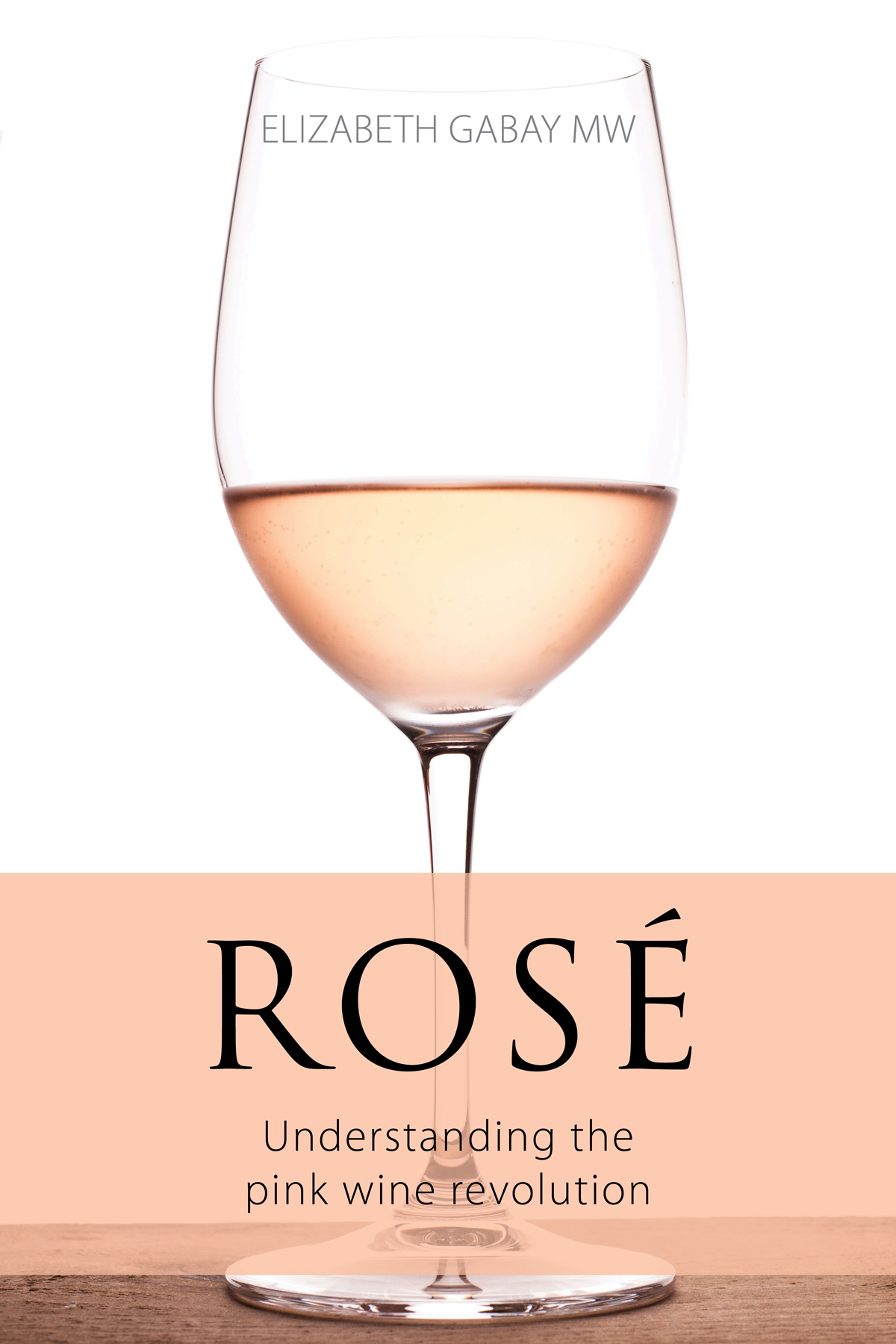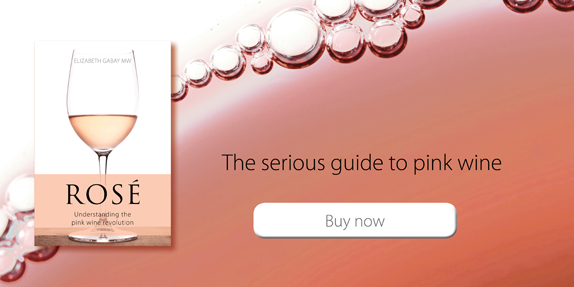Will 2018 be the year rosé gets serious? Why it’s time to rethink pink.
9 January 2018 by Rebecca in Classic Wine Library, Wine and spirits
Rosé wine suffers from an image problem. For many years it has been thought of in wine-appreciation circles as the poor relation of its seemingly more complex and refined red and white cousins. The perception amongst consumers tends to be that rosé is a fun, easy-going wine, perhaps more suited to novice wine drinkers than those who appreciate fine wine. Even amongst producers it has often been just an afterthought or by-product – if they produce a pink wine at all.
 However, rosé is in the middle of a renaissance, and as a new book by Master of Wine Elizabeth Gabay argues, this surge in popularity goes beyond a fashion for all things pink. In Rose: Understanding the pink wine revolution, Gabay puts forward a case for rosé as a serious, nuanced and complicated wine category. While the undemanding summer pinks may be a passing trend there is a whole other world of rosés, made by innovative producers aiming to create wines with as much finesse as their reds and whites, and these wines are here to stay.
However, rosé is in the middle of a renaissance, and as a new book by Master of Wine Elizabeth Gabay argues, this surge in popularity goes beyond a fashion for all things pink. In Rose: Understanding the pink wine revolution, Gabay puts forward a case for rosé as a serious, nuanced and complicated wine category. While the undemanding summer pinks may be a passing trend there is a whole other world of rosés, made by innovative producers aiming to create wines with as much finesse as their reds and whites, and these wines are here to stay.
Many experienced wine drinkers may have been turned off rosé after parties in their student days spent drinking too much Mateus or inferior quality white Zinfandel. The more savvy amongst us may be aware that twenty-first century rosé is different and that the favoured style is now drier, leaner and paler. This style of rosé originated in Provence. With that region’s Château d’Esclans marketing its ‘Garrus’ wine as the most expensive rosé in the world and big Hollywood names investing in Provence rosé brands it was almost inevitable that around the world imitations would spring up. But the story of rosé’s revival goes beyond one regional style.
While the pale rosés of Provence may have started the current pink wine trend they are not the only interesting wines out there. Gabay has tried a huge number of rosés in different styles from all corners of the globe. While the large number of bottles arriving at her door did give Gabay’s postman cause for concern, tasting them made Gabay enthusiastic in her appreciation of rosés of many hues and styles. She suggests that producers, buyers and consumers alike should broaden their minds about what these wines can be in order to appreciate fully what rosé has to offer. She says, ‘For producers there is no single recipe for commercial success – all kinds of rosé can sell in the right market. For wine merchants, the possibility for a diverse range of wines can potentially expand sales, although consumer education may be required. To consumers I would say be bold. Some of the flavours in serious rosé are unlike any others so take your time and savour their uniqueness.’ Arguably the pink wine revolution is only just beginning.
Rosé: Understanding the pink wine revolution is the first English-language book to scrutinize thoroughly the subject of pink wine. Join the author as she uncovers previously unknown rosés, including those known only to locals and some not available to the public, prised out of the hands of producers. With the world of rosé unlocked for them readers will be inspired to journey beyond the book and make their own discoveries.
Elizabeth Gabay MW has been in the wine trade since 1986. She has written about and lectured on rosé wines extensively, and has judged at Decanter’s annual World Wine Awards as well as at many other competitions, including the Mondial de Rosé, the Guide de Vins de Provence and for magazine panel tastings for Decanter and Drinks Business.

